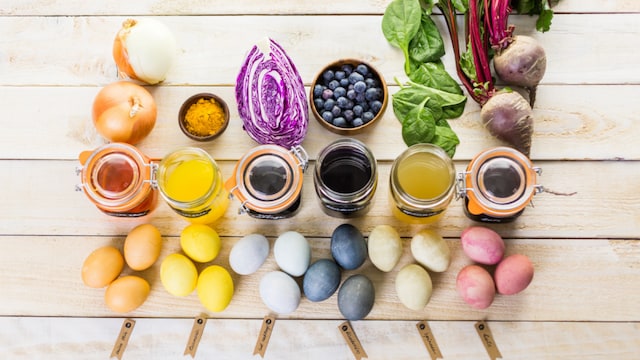Source :NEWS18 NEWS
Last Updated:May 12, 2025, 19:48 IST
Be mindful of food labels, identify ingredients that may trigger allergies, and limit the consumption of processed and artificially colored foods.
Natural Food Colorants: These are pigments derived from natural sources, such as beetroot extract for red, turmeric for yellow, and chlorophyll for green
Nowadays, food colors and additives are highly prevalent, especially in processed foods. While they enhance the visual appeal of meals, artificial food colorings or dyes may pose several health-related concerns. It is essential to educate children on the importance of choosing whole, natural foods and to inform parents about the potential risks of artificial food dyes.
Synthetic food dyes are commonly found in today’s food products—from candies and beverages to pastries and packaged snacks. The possible health dangers associated with these additives are becoming an increasing concern for both health professionals and consumers. Children are particularly vulnerable, as their developing brains and bodies are more susceptible to the effects of these chemical substances.
Recommended Stories
Many physicians are raising alarms about the growing presence of artificial food colorants in children’s diets. Dr. Tilak Raj Dangwal, Consultant Pediatrician, Prism Children and Chest Clinic, Delhi, shares everything you need to know:
What Are Food Colorants?
Food colorants, commonly known as food dyes, are chemical substances—either natural or synthetic—added to food to enhance its appearance. In some cases, they may also contribute to flavor, providing a more satisfying experience.
Types of Food Colorants
a. Natural Food Colorants:
These are pigments derived from natural sources, such as beetroot extract for red, turmeric for yellow, and chlorophyll for green. They are generally considered safer and are associated with fewer side effects, although some individuals may still react to specific natural dyes.
b. Synthetic Food Colorants:
These are man-made chemical substances added to food to improve its color and visual appeal. Understanding the difference between natural and synthetic colorants is essential for making informed dietary choices for children.
Artificial food dyes can have serious health effects, particularly in children with low immunity or pre-existing medical conditions. Excessive consumption of artificially colored foods should be avoided and replaced with healthier, natural alternatives.
Potential Side Effects of Artificial Food Colorants in Children
a. Allergic Reactions
Food colorants can trigger allergic reactions, varying from child to child depending on their medical history. To protect children from severe allergic responses, parents should monitor digestion, shifts in eating patterns, mood swings, and any visible symptoms. Seek medical attention if you notice unusual skin reactions, digestive issues, or behavioral changes.
b. Hyperactivity
Several studies have explored the link between certain artificial food colorants and hyperactivity in young children. While conclusive evidence is still debated, there is potential for such effects, particularly with excessive daily intake.
Let’s take a pledge to create a healthier and safer environment for the next generation. Be mindful of food labels, identify ingredients that may trigger allergies, and limit the consumption of processed and artificially colored foods.
- First Published:
May 12, 2025, 19:48 IST
SOURCE : NEWS 18







